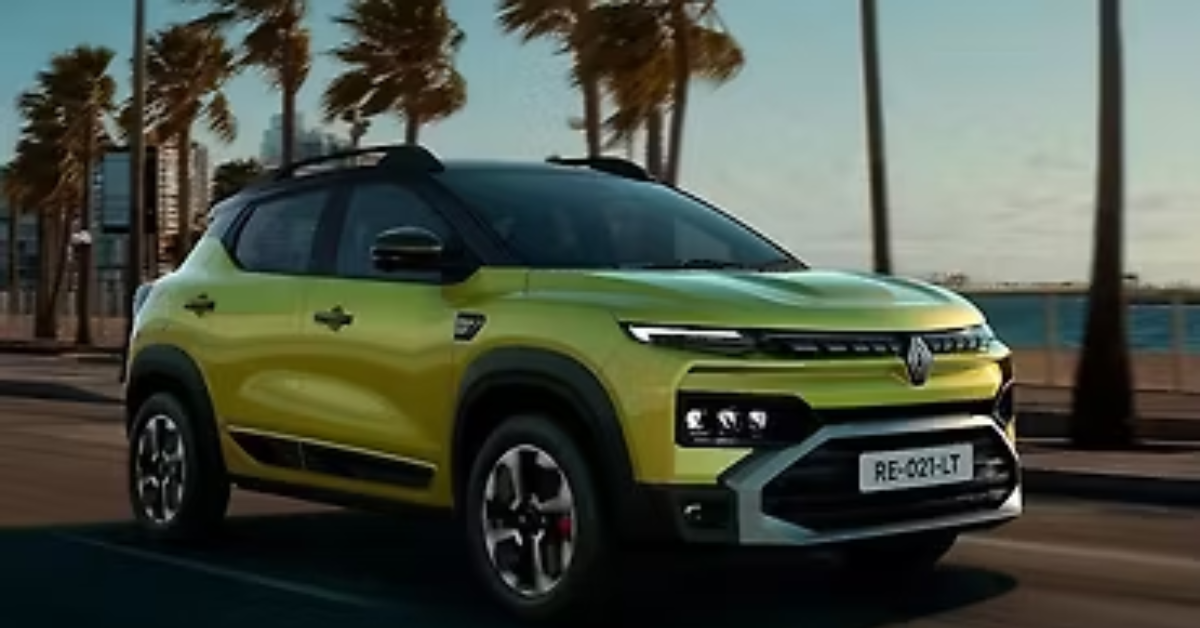The Indian automotive market is undergoing one of the most significant transformations in its history. With electrification, stricter emission norms, and shifting consumer expectations, automakers are rethinking their strategies to remain relevant and competitive. Renault India, one of the key global players in the Indian market, has announced its commitment to a multi-powertrain approach—a strategy that integrates electric vehicles (EVs), hybrids, and internal combustion engine (ICE) vehicles into its product portfolio.
This multi-pronged roadmap reflects not only Renault’s adaptability but also its understanding of India’s diverse mobility landscape. Unlike many automakers going all-in on EVs, Renault aims to balance customer affordability, charging infrastructure readiness, and regulatory compliance with a strategy that appeals to both urban and rural buyers.
In this article, we’ll dive deep into Renault India’s multi-powertrain strategy, its importance for the Indian automotive sector, and how it positions the brand for long-term growth.
The Need for a Multi-Powertrain Approach
India is not a one-size-fits-all market. From bustling metropolitan cities with rising EV adoption to rural areas where fuel availability is still the priority, automakers face unique challenges.
- Charging Infrastructure Gaps: While metro cities like Delhi, Bengaluru, and Mumbai are improving EV charging networks, smaller towns and highways still lack robust facilities.
- Affordability Factor: EVs remain more expensive than ICE counterparts, making mass adoption slower.
- Fuel Preferences: Diesel demand has declined in passenger cars due to emission norms, but petrol and CNG remain popular.
- Government Push: The Indian government is encouraging EV adoption through subsidies, but also supporting ethanol blending, hybrid technologies, and cleaner ICE engines.
Renault’s decision to offer multiple powertrain options acknowledges these diverse needs, ensuring no consumer segment is left behind.
Renault India’s Roadmap: Multi-Powertrain Explained
1. Electric Vehicles (EVs)
Renault has been a pioneer in EV technology globally with models like the Renault Zoe and Renault Megane E-Tech. For India, the company is expected to introduce affordable EVs that cater to mass-market buyers, similar to what it did with the Renault Kwid in the ICE segment.
- Focus Areas:
- Compact city EVs under ₹10 lakh
- Long-range EVs for urban and semi-urban markets
- Collaborations with charging network providers
By offering affordable EVs, Renault can compete with Tata Motors, MG Motor, and upcoming Maruti-Toyota EVs in India.
2. Hybrid and Plug-in Hybrid Vehicles (HEVs & PHEVs)
Given the slow development of charging infrastructure in India, hybrid technology is a practical bridge. Hybrids combine the efficiency of electric motors with the flexibility of petrol engines, reducing emissions without range anxiety.
- Expected Hybrid Focus:
- Sub-4m SUVs like the Renault Kiger with hybrid variants
- Mid-size sedans and SUVs with mild-hybrid or full-hybrid options
- Plug-in hybrids for premium customers
This would put Renault in direct competition with Toyota (Hyryder, Innova Hycross) and Honda (City Hybrid).
3. Internal Combustion Engines (ICE)
Despite the EV push, ICE-powered cars remain India’s bread and butter, especially in rural areas. Renault India will continue refining its petrol engine line-up to meet BS6 Phase II norms and prepare for future ethanol blends.
- ICE Focus:
- Petrol and CNG variants in budget-friendly models like Kwid, Triber, and Kiger
- More fuel-efficient engines with higher mileage
- Engines compatible with E20 and future biofuel standards
Benefits of the Multi-Powertrain Strategy
- Customer-Centric Flexibility
By offering EVs, hybrids, and ICE vehicles, Renault ensures every customer finds a product suited to their budget and lifestyle. - Smoother Transition to EVs
Not all customers are ready for a full EV. Hybrids serve as a middle ground, encouraging gradual adoption. - Market Competitiveness
While some rivals focus heavily on EVs (Tata, Mahindra) and others on hybrids (Toyota), Renault’s multi-powertrain strategy offers a balanced competitive edge. - Regulatory Compliance
Future emission norms will become stricter. By diversifying powertrains, Renault can remain compliant with evolving policies. - Future-Proofing
The automotive landscape is unpredictable. A diversified portfolio protects Renault from risks associated with over-dependence on a single technology.
Challenges Renault May Face
- High Development Costs: Maintaining three powertrain technologies simultaneously will increase R&D investments.
- Pricing Pressure: Affordability is key in India; ensuring competitive prices across powertrains will be crucial.
- Consumer Awareness: Many Indian buyers are still unaware of hybrid advantages compared to petrol or diesel.
- Competition: Renault will face stiff competition from established EV players (Tata, BYD), hybrid leaders (Toyota, Honda), and ICE experts (Maruti Suzuki, Hyundai).
Renault India’s Current Models and Future Plans
Renault currently sells the Kwid, Triber, and Kiger in India. Going forward, we can expect:
- Kwid EV – an affordable electric hatchback for urban buyers
- Hybrid Kiger – bridging affordability and efficiency in the sub-compact SUV segment
- Next-gen Duster (possible hybrid or EV variant) – re-entry into the competitive mid-size SUV market
- ICE Updates – petrol-CNG options in popular models
This diversified portfolio will ensure Renault caters to entry-level buyers, family-oriented customers, and eco-conscious urban youth.
Conclusion
Renault India’s multi-powertrain approach is a bold yet practical strategy in a market as complex as India. By investing simultaneously in EVs, hybrids, and ICE technologies, Renault is future-proofing its lineup while ensuring customers have choices that fit their budget and lifestyle.
In a time when many automakers are gambling on one powertrain, Renault’s balanced and flexible roadmap could prove to be its biggest strength in India’s rapidly evolving automotive sector.
The road ahead may be challenging, but one thing is clear—Renault’s commitment to multi-powertrain mobility ensures it remains relevant, competitive, and innovative for years to come.
